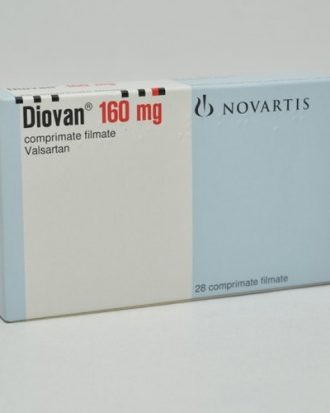Pride 1mg
৳ 6.00
Indications
Glimepiride is also indicated for use in combination with Insulin to lower blood glucose in patients whose hyperglycaemia can not be controlled by diet and exercise or in conjunction with an oral hypoglycaemic agent.
Therapeutic Class
Pharmacology
Dosage
The initial and the maintenance doses are set based on the results of regular checking of glucose in blood and urine. Monitoring of glucose levels in blood and urine also serves to detect either primary or secondary failure of therapy.
Initial dose and dose titration: Usual initial dose is 1 mg once daily. If necessary, the daily dose can be increased. Any increase can be based on regular blood sugar monitoring, and should be gradual, i.e., at intervals of one to two weeks and carried out step wise at follows: 1 mg-2 mg-3 mg-4 mg-6 mg.
Dose range in patients with well controlled diabetes: Usual dose range in patients with well controlled diabetes is 1 to 4 mg daily.
Distribution of doses: Timing and distribution of doses are decided by the physician, in consideration of the patient’s current life style. Normally, a single daily dose is sufficient. This should be taken immediately before a substantial breakfast or – if none is taken – immediately before the first main meals. It is very important not to skip meals after taking the drug.
Secondary dosage adjustment: As the control of diabetes improves, sensitivity to insulin increases; therefore, Glimepiride requirement may fall as treatment proceeds. To avoid hypoglycaemia, timely dose reduction or cessation of Glimepiride therapy must be considered.
A dose adjustment must also be considered whenever the patient’s weight or life style changes, or other factors arise which cause an increased susceptibility to hypo- or hyperglycaemia.
Changeover from other oral antidiabetics to Glimepiride: There is no exact dosage relationship between Glimepiride and other oral blood sugar lowering agents. When substituting Glimepride for other such agents, the initial daily dose is 1 mg; this applies even in changeover from the maximum dose of other oral blood sugar lowering agents. Any dose increase should be in accordance with guideline given above in initial dose and dose titration.
Consideration must be given to the potency and duration of action of the previous blood sugar lowering agent. It may be necessary to interrupt treatment to avoid additive effects which would increase the risk of hypoglycaemia.
Administration
Interaction
Weakening of the blood-sugar-lowering effect may occur with Acetazolamide, barbiturates, corticosteroids, Diazoxide, diuretics, Epinephrine and other sympathomimetic agents, laxative, oestrogens and progestogens, phenothiazines, Phenytoin, Rifampicin, and thyroid hormones.
H2 -receptor antagonists, Clonidine and Reserpine may lead to either potentiation or weakening of the blood-sugar-lowering effect.
Both acute and chronic alcohol intake may potentiate or weaken the blood-sugar-lowering action of Glimepiride unpredictably.
Contraindications
Side Effects
Pregnancy & Lactation
Lactation: Ingestion of Glimepiride with breast milk may harm the child. Therefore, Glimepiride must not be taken by lactating women. Either a changeover or a complete discontinuation of breast-feeding is necessary.
Precautions & Warnings
Use in Special Populations
Geriatric use: No overall differences in safety or effectiveness were observed between elderly and adult subjects, but greater sensitivity of some older individuals cannot be ruled out. The drug is known to be substantially excreted by the kidney, and the risk of toxic reactions to this drug may be greater in patients with impaired renal function. Because elderly patients are more likely to have decreased renal function, care should be taken in dose selection, and it may be useful to monitor renal function.
Use in renal insufficiency: A starting dose of 1 mg glimepiride may be given to NIDDM patients with kidney disease, and the dose may be titrated based on fasting blood glucose levels.
Use in hepatic insufficiency: No studies were performed in patients with hepatic insufficiency. Adverse reactions: Hypoglycemia. Adverse events, other than hypoglycemia, are dizzines, asthenia, headache, and nausea.






Reviews
There are no reviews yet.